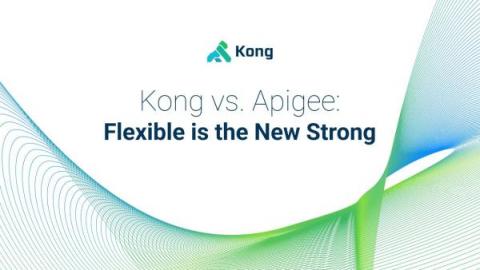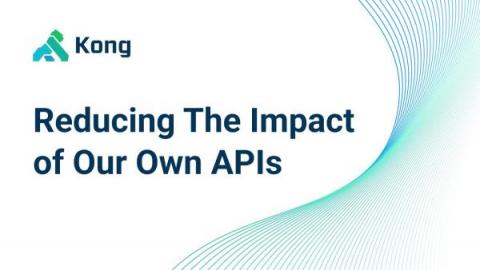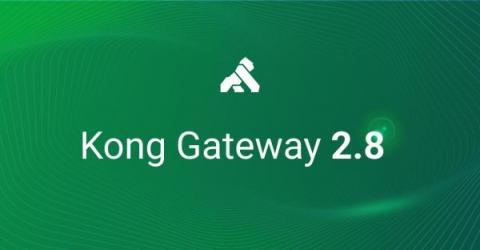Systems | Development | Analytics | API | Testing
Kong
Kong API Gateway on Kubernetes with Pulumi
The quest for resilience and agility has driven us into the modern age of microservices. Bringing services to market on a microservice architecture demands utilization of sprawling technology offerings and tooling. While daunting at first glance, we can break down the process into 3 major categories: In this hands on series, we will use.
Kong vs. Apigee: Flexible Is the New Strong
The API management space is changing – fast. In the past couple of years alone, we’ve seen huge changes in the deployment patterns that our customers are adopting. In the past, when the use cases were fairly simple, organizations would deploy an API gateway as a SaaS monolith in the cloud, sitting at the edge of the network. They did this because it was the best option available at the time, and the first wave of API management vendors like Apigee had a solution that could support it.
The Only Constant Is Climate Change
I’ve just got off a call with one of the largest banks in Sweden, and my brain is racing with ideas. I need to get this down on paper. I want to drop everything I’m doing and spend the next week in that mental headspace where all you do is explore and live and breathe a topic, with occasional breaks for sleep, after which you race out of bed so you can go back to where you left off. You know what I mean. What’s got me so fired up? Climate change.
Deploying Kong Mesh in Multiple Security Domains
It’s not uncommon for organizations to have to deploy solutions across (or among) multiple security domains. Here, we use the term “security domain” to refer to a segregated network environment, like a restricted internal network or a DMZ. This post will explore some design considerations when deploying Kong Mesh (and Kuma, the CNCF-hosted open source project upon which Kong Mesh is built) in environments with multiple security domains.
Kong Gateway 2.8: Increase Security and Simplify API Management
Today, we’re excited to announce the release of Kong Gateway 2.8, which further simplifies API management and improves security for all services across any infrastructure. This announcement demonstrates Kong’s continued commitment to our customers and community by providing a next-generation service connectivity platform to intelligently broker information across modern architectures.
API Gateway Cache With Kong's Proxy Cache Plugin
In applications built on a system of microservices, developers should always be on the lookout for opportunities to eliminate unnecessary use of resources, such as database queries, network hops or service requests. API gateway cache (or response caching) is an excellent place to start. For many microservices, identical requests sent within a window of time will yield identical responses. For example, consider a request to an Orders API for the list of orders submitted yesterday.
Kuma 1.5.0 and Kong Mesh 1.6.0 Released
We are happy to announce the first release for both Kong Mesh and Kuma in 2022, which is packed with features and improvements, including substantial performance improvements when running at scale. We strongly suggest to upgrade, in order to take advantage of the latest and greatest when it comes to service mesh.
Kong Ingress Controller 2.2 GA With Gateway API Support
Today, Kong Ingress Controller (KIC) 2.2 is now generally available. KIC 2.2 marks a major milestone in the development of the Kong Ingress Controller, as it is the first release containing a marquee feature, Gateway API. This represents a major milestone for Kong as we continue to keep up to date with the upstream community and provide the best customer experience for KIC customers. Gateway API is an open source project managed by the Kubernetes SIG Network community.











